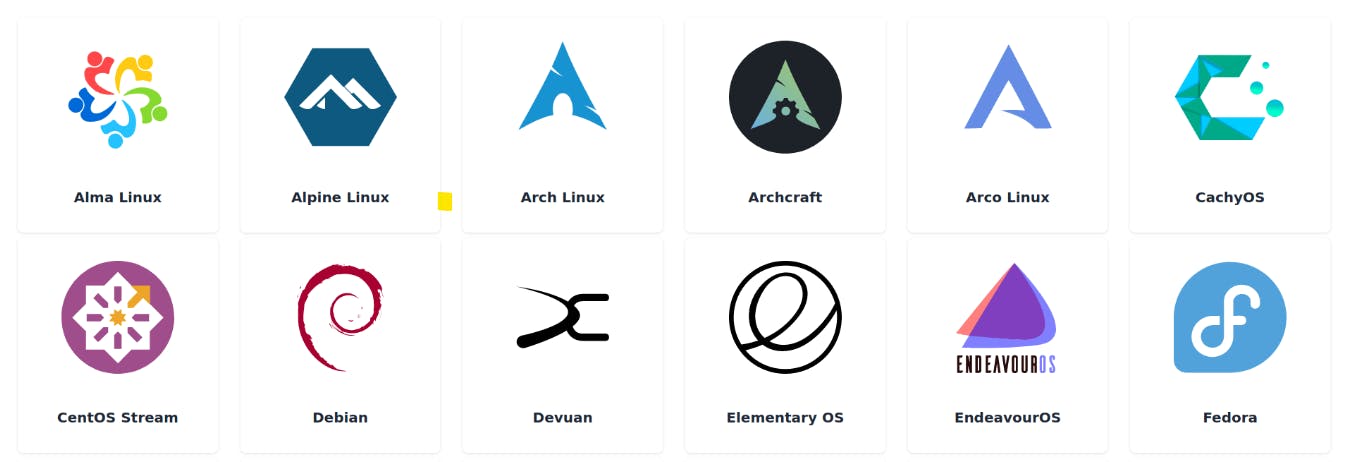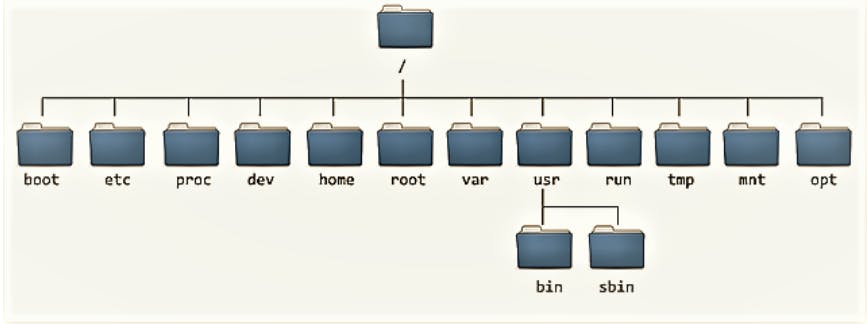Introduction
Welcome to the fascinating world of Linux! As a DevOps enthusiast, you're about to embark on a journey that will revolutionize your understanding of operating systems. In this blog post, we will explore the basics of Linux, delve into different Linux distributions, discuss the benefits of Linux in DevOps, understand the Linux file hierarchy, and some basic Linux commands. Let's dive in!
🐧 What is Linux?
Linux is a free and open-source operating system kernel developed by Linus Torvalds in 1991.
It provides a stable and reliable foundation for various operating systems known as Linux distributions or "distros."
Linux is renowned for its robustness, security, and flexibility, making it a popular choice for DevOps professionals.
🐧 Different Linux Distros:
Ubuntu 🚀: Beginner-friendly and widely used, Ubuntu offers a vast ecosystem of applications and excellent community support.
CentOS 🎯: A stable and secure distro, CentOS is well-suited for servers and enterprise environments.
Debian 🌐: Known for its stability and reliability, Debian emphasizes the importance of free and open-source software.
Fedora 🎩: Developed by the Fedora Project, it focuses on the latest features, updates, and cutting-edge technologies.
Arch Linux 🧩: A lightweight and customizable distro, Arch Linux offers a do-it-yourself approach, allowing users to build their ideal system.

🐧 Benefits of Linux in DevOps:
Flexibility 💪: Linux provides immense flexibility, allowing DevOps professionals to customize their environments and tailor them to their specific needs.
Stability 🚀: Linux's stability ensures that applications and systems run smoothly, minimizing downtime and improving overall productivity.
Command Line Power ⚡: The command-line interface (CLI) in Linux provides powerful tools for automation, scripting, and configuration management, essential skills for DevOps practitioners.
Open-Source Community 🌐: The vibrant Linux community fosters collaboration, knowledge sharing, and continuous improvement, empowering DevOps teams to leverage collective expertise.
Scalability 📈: Linux's scalability enables seamless scaling of infrastructure, making it suitable for handling high-demand workloads and ensuring efficient resource allocation.
🐧 Linux File Hierarchy:
/ (root) 🌱: The top-level directory where the entire file system is rooted.
/bin (binaries) 🗄️: Contains essential binaries, such as system commands, accessible to all users.
/etc (et cetera) ⚙️: Stores system configuration files required by various applications and services.
/home (home directories) 🏡: Holds user-specific files and directories.
/var (variable) 📁: Houses variable data, such as logs, temporary files, and spool directories.
/usr (Unix System Resources) 📚: Contains user-related programs, libraries, and documentation.
/opt (optional) 🛠️: Designed for installing additional software packages not included in the base system.
/dev (devices) 🔌: Represents device files, allowing interaction with hardware devices.
/tmp (temporary) 🗑️: Used for temporary file storage by applications and system processes.
/srv (service) 🌐: Typically contains data related to services provided by the system.

🐧 Basic Linux commands
Listing commands
ls option_flag arguments --> List the sub-directories and files available in the present directory
Examples:
ls -l--> List the files and directories in a long list format with extra informationls -a--> List all including hidden files and directoryls *.sh--> List all the files having .sh extension.ls -i--> List the files and directories with index numbers Inodesls -d */--> List only directories.(we can also specify a pattern)
Directory commands
pwd--> Print work directory. Gives the present working directory.cd path_to_directory--> Change the directory to the provided pathcd ~or justcd--> Change the directory to the home directorycd ---> Go to the last working directory.cd ..--> Change the directory to one step back.cd ../..--> Change directory to 2 levels back.mkdir directoryName--> To make a directory in a specific location
Examples:
pwd # current working directory
ls -a # List all hidden files and folders
mkdir -p A/B/C/D # make a nested directory
mkdir .NewFolder # make a hidden directory (also . before a file to make it hidden)
mkdir A B C D #make multiple directories at the same time
mkdir /home/user/Mydirectory # make a new folder in a specific location
Conclusion
Linux is a remarkable operating system that empowers DevOps practitioners with its flexibility, stability, and powerful tools. By understanding different Linux distributions and the Linux file hierarchy, you'll be well-equipped to leverage the immense capabilities of Linux in your DevOps journey. Embrace the penguin 🐧 and explore the limitless possibilities of Linux to transform your development and operations processes. Happy coding!
